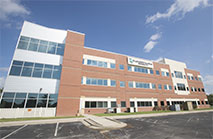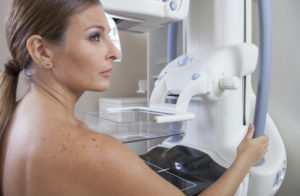
To shield, or not to shield, during your mammogram?
As radiologists, it is part of our training and responsibility to make sure the studies we perform on our patients are done in the safest possible manner. This means a constant review of our procedures and techniques. When the examination is a SCREENING study – like mammography or low-dose CT chest to screen for lung cancer – this means we must adhere to strict guidelines for the amount of radiation dose the patient gets, as these screening tests are intended to be repeated yearly.
So, for our mammogram patients, we always use the lowest dose possible.
Some may wonder (especially after a certain doctor, on a certain national show, raised an issue!), should I be concerned about the radiation dose to other parts of my body from my screening mammogram? In particular, the concern raised in this show (and repeated on Facebook!!) was for the thyroid gland.
Let us reassure you that the radiation dose to your thyroid when you have your mammogram is tiny.
The dose from the mammogram itself is tiny. When we discuss radiation dose, it is sometimes helpful to compare it to natural background radiation, which we all receive just from living on planet Earth. The average dose from a mammogram is equal to around seven weeks of natural background radiation. A tiny amount, which has been shown to be safe and to be safe to have repeated yearly over your lifetime.
The amount of radiation that reaches other body parts during your mammogram is even tinier. The radiation is focused on the body part being examined, so the only radiation to other body parts is what we call scatter radiation.
The amount the thyroid receives during a mammogram has been studied and is estimated to be about the same as thirty minutes of natural background radiation. !30 minutes!
The radiation dose is so low to your thyroid, special protection during your mammogram is not needed. In fact, the shields are not designed to be used with a mammogram and in some patients may actually interfere with the study. If they do, there is the potential for a higher radiation dose if any of the images have to be repeated.
So, have your yearly screening mammogram and rest easy. We, as your radiologists, are committed to your safety and good health.





